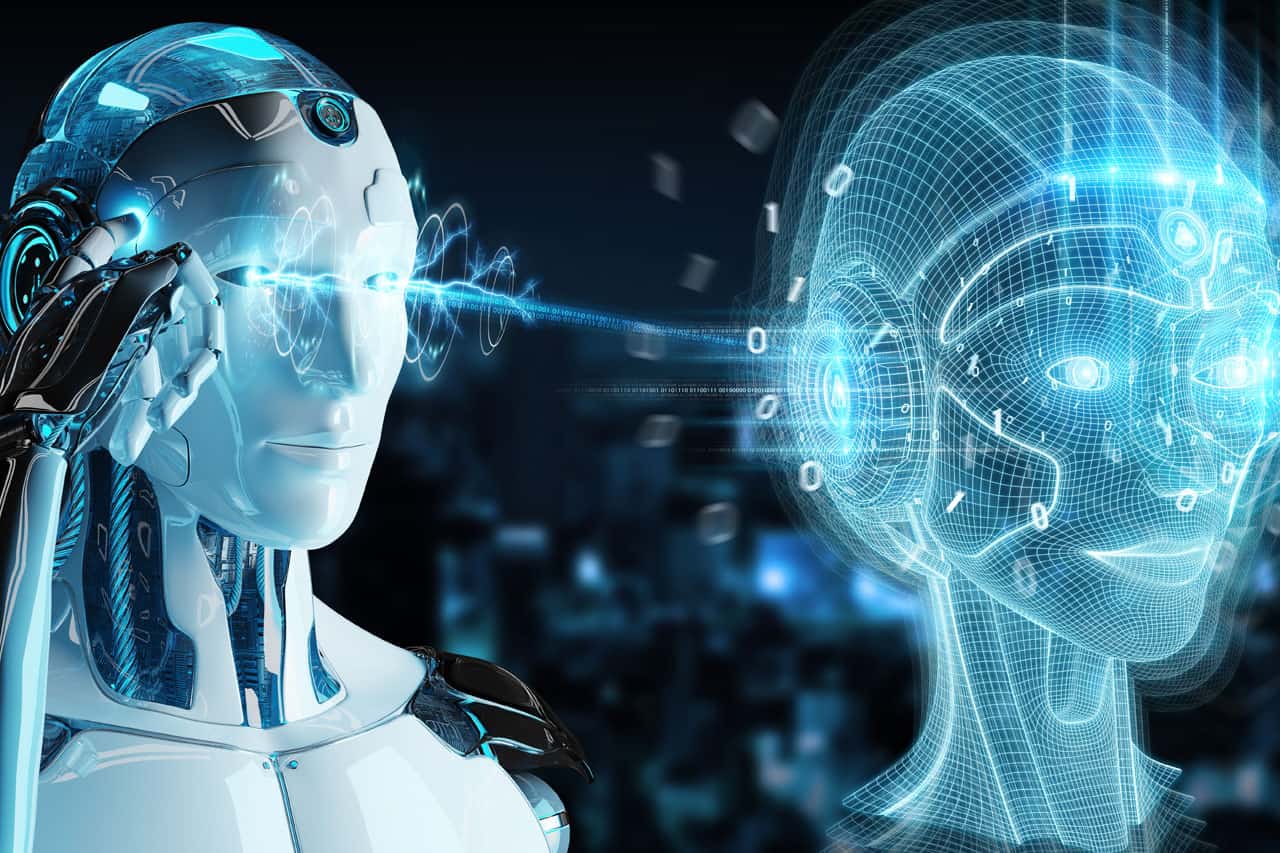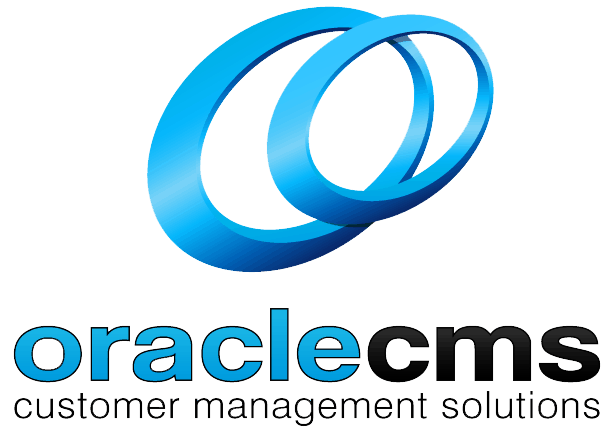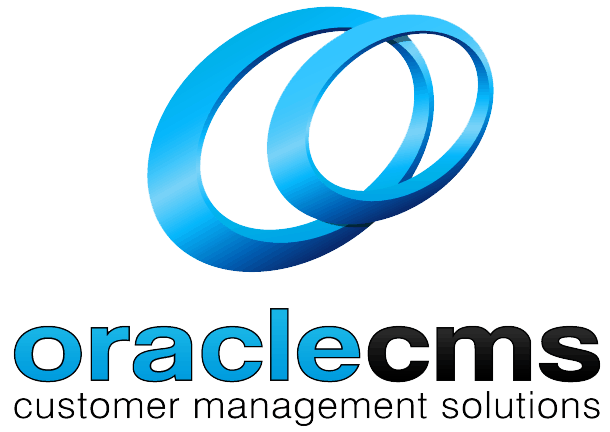
What Are the Different Types of Intelligent Agents?
Artificial intelligence has gone through leaps and bounds over recent years, but it would be otherwise stagnant without intelligent agents.
You see, just as an idea remains a thought without action, AI requires decision-making entities that can respond to and manipulate their environment, such as speakers or robotic arms to initiate actions.
Those entities are referred to as ‘intelligent agents’ and as the name suggests, they can learn on the job! But what are the different types of intelligent agents?
In this article, we’ll explore them in greater depth.
1 – Simple Reflex Agents
Simple reflex agents do not consider the history of perception and are thus only successful when they work in an environment that can be fully perceived. In other words, they do not adapt to the environment – their responses are based on the user initiating a certain event.
A simple reflex agent refers to a list of pre-set rules and pre-programmed outcomes and works within those parameters (hence simple reflex).
2 – Model-Based Reflex Agents
Model-based reflex agents have a noticeable advantage over simple reflex agents and that is the fact that they consider the history and can work with an environment that may not have been fully observed. They have an internal state that takes into consideration both the current state of the environment they are in and the history of perception.
So, while model-based reflex agents do choose actions the same way as simple reflex agents, they have a far more comprehensive view of the environment they work in – giving them that extra edge.
3 – Goal-Based Agents
As the name suggests, goal-based agents work toward goals to describe desirable capabilities and thus can choose from a wide variety of possibilities. Goal-based agents are an extension of model-based agents, only they can choose the best possible action from their available options to achieve their goals, alongside the decisions made by AI. In other words – they choose by searching and planning to make an action.
4 – Utility-Based Agents
Utility-based agents are similar to goal-based, only they have the extra advantage of utility measurement. This rates potential scenarios based on the desired results and can then opt for the appropriate action that can maximise said outcome. This ability allows them to trade off various factors before they make a decision.
As an example: an e-commerce store’s goal might be to make a profit, however, the utility will recognise the fact that customer satisfaction is also crucial when pursuing profit thus making it capable of making decisions based on real-world scenarios.
Learning Agents
Learning Agents have an additional ‘learning’ element which essentially means that they can gradually improve over time and become far more knowledgeable about the environment in which they work. This is done by processing feedback from actions and then adapting its behaviour accordingly. This intelligent learning process has four crucial components:
- The learning element: learning from experience
- The critic: responding to feedback
- The performance: deciding on external actions
- The problem generator: reviewing the history and thinking up new suggestions.
Conclusion
Artificial intelligence is the sector to watch right now. We are going to witness some serious growth in this industry over the following years and utilising AI for your business today is a sure way of gaining a competitive edge over your rivals.
If you are interested in embracing the rise of AI and preparing for your Robotic Process Automation journey, then please do not hesitate to contact us today. We will gladly take you through your options and discuss how we can help take your business to greater heights with the power of AI and machine learning.


